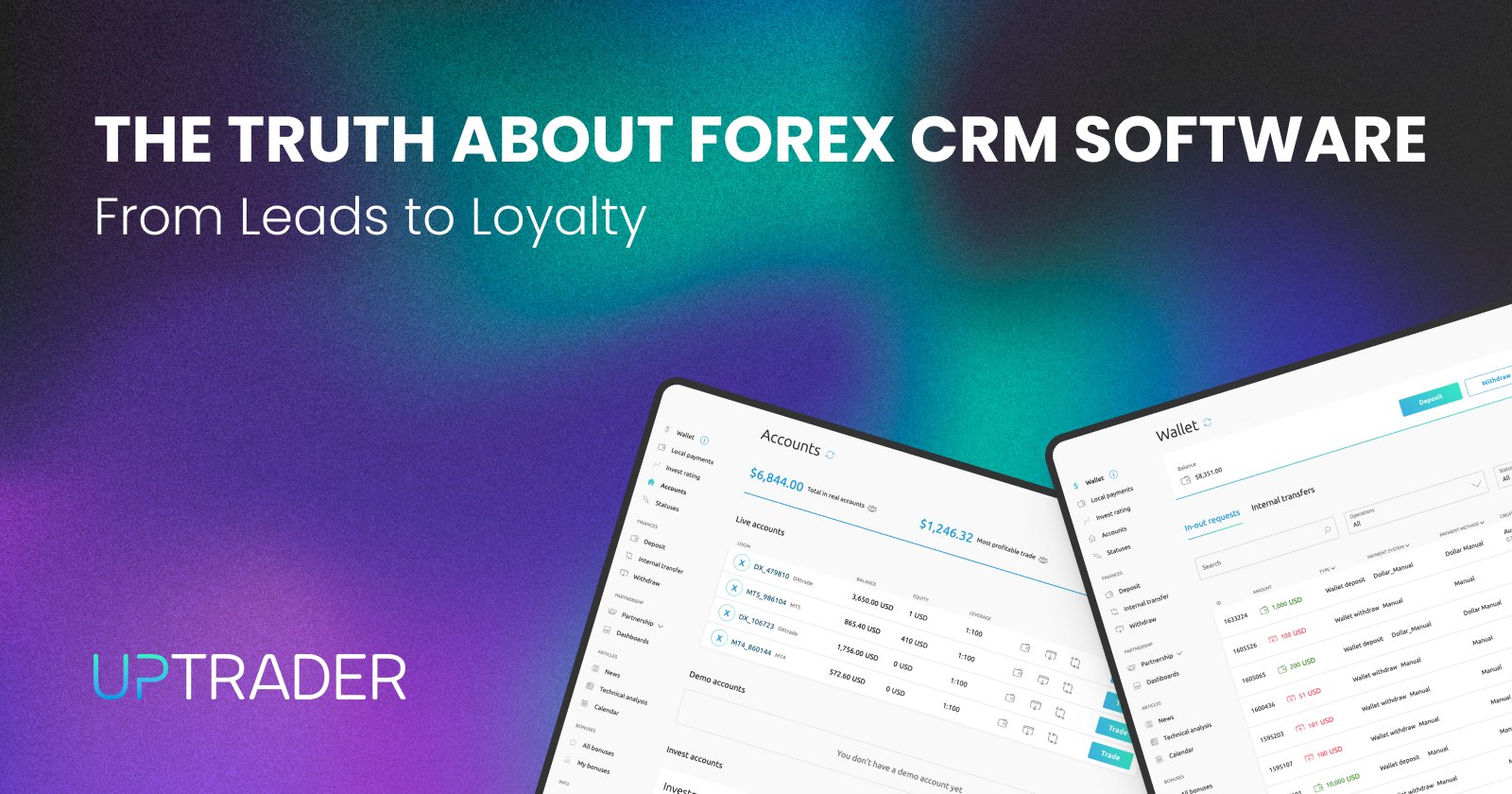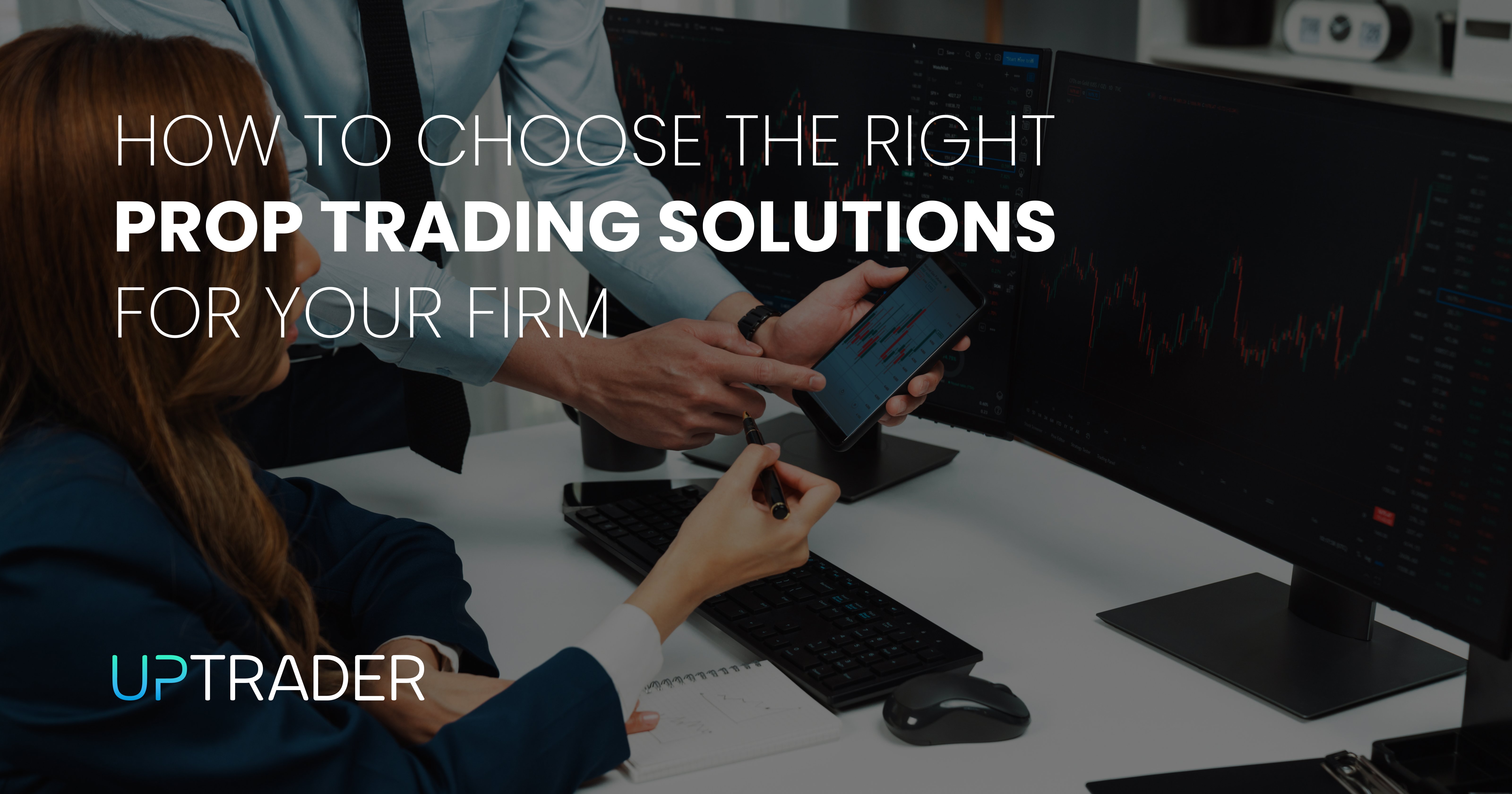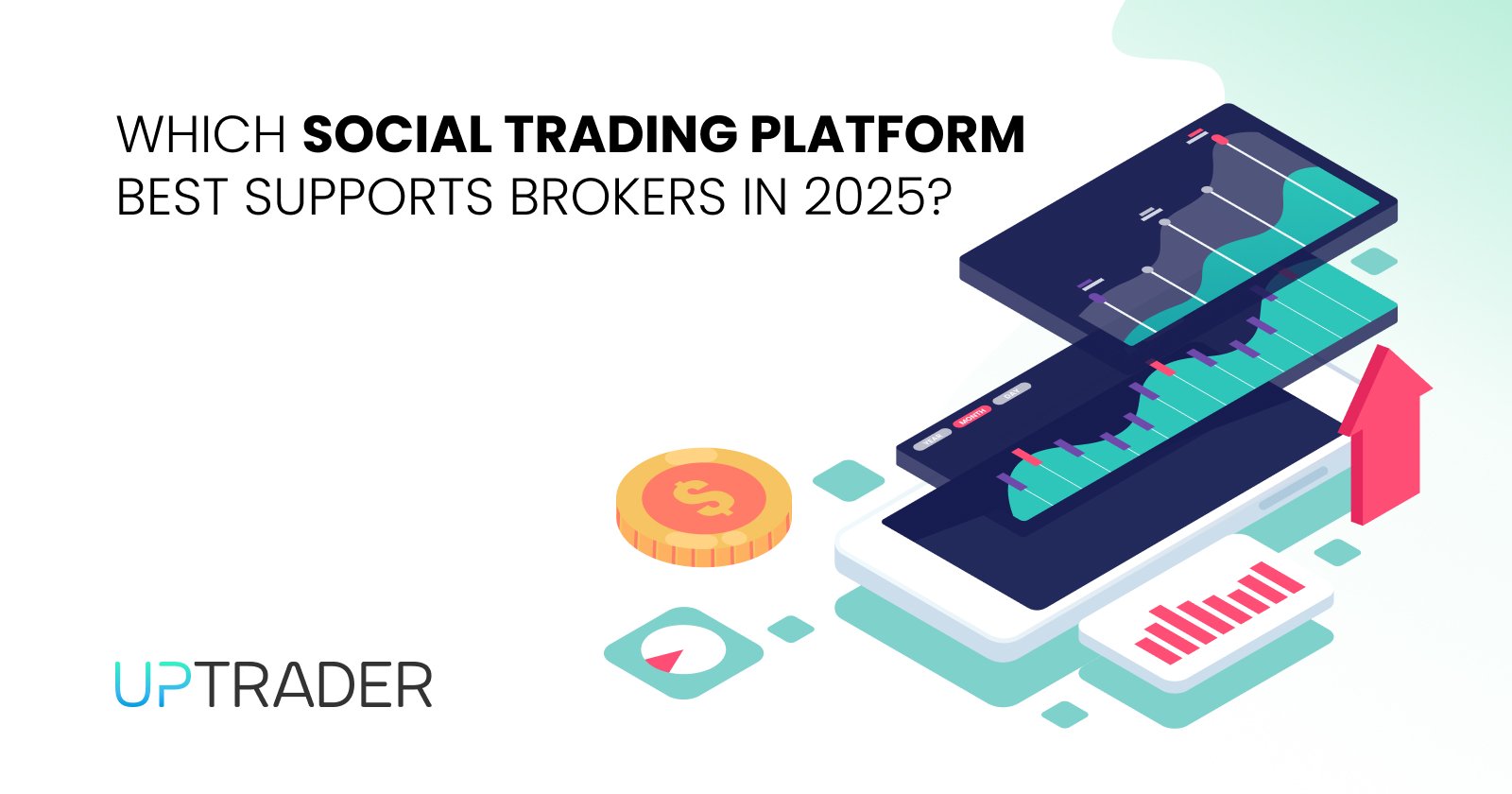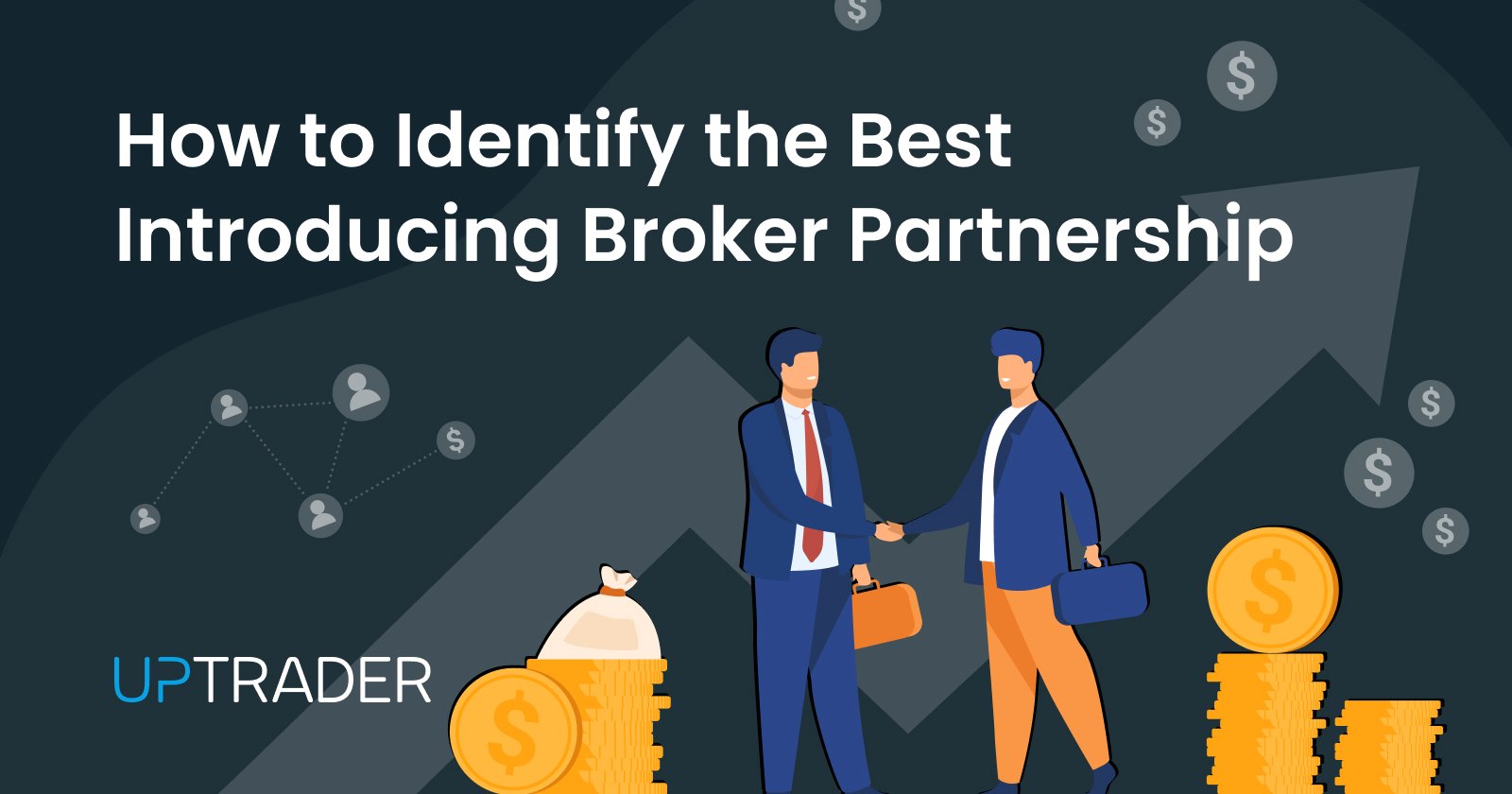
The Truth About Forex CRM Software: From Leads to Loyalty
If you’re running or planning to launch a Forex brokerage, you’ve probably heard the same line over and over again: “Get yourself a good CRM.” But most people never tell you what “good” truly means. Businesses throwing around phrases like automation, retention, and analytics fail to explain how a true Forex CRM turns your business around from random signups to lasting loyal traders.
So let’s get straight to the point.
This is not just another generic feature rundown. This is the reality of Forex CRM software. This is what it does, what’s important, and how it becomes the foundation of your brokerage’s lead conversion, retention, and long-term profitability. The value still is from the back-end and not from the front-end.
Because let’s be honest: in Forex, traffic is not your biggest problem. You can always buy leads. The real battle is turning those leads into active depositors — and keeping them trading with you instead of leaving for the next broker flashing a bonus.
That’s where a true Forex CRM proves its worth.
Why Generic CRMs Don’t Work in Forex
You might be tempted to say, “Why don’t I just use Salesforce, HubSpot, or Zoho? They’re cheaper and well-known.”
Here’s why: Forex is not a standard sales pipeline.
Unlike e-commerce or SaaS, your customers aren’t just buyers. They’re traders, affiliates, partners, and sometimes even sub-brokers. Each of them needs different handling. Your CRM must handle:
- Multi-tier IB programs with revenue-share tracking
- Automated KYC and regulatory workflows
- Integration with trading platforms
- Wallets, deposits, withdrawals, and internal transfers
- Real-time trading behavior analytics
Try setting that up in a basic CRM. You’ll spend months paying developers to build custom solutions — only to end up with a half-working system.
A proper Forex CRM is not just a contact management tool. It is your operational command center.
From First Click to First Deposit: How Your Forex CRM Shapes Conversion
Every brokerage has the same pipeline:
Lead → Registrant → KYC Approved → First Deposit → Active Trader → Loyal Trader
Most brokers fail between registrant and depositor. Why? Because they treat all leads equally — manually chasing them with generic emails.
A powerful Forex CRM flips that on its head. It divides your leads into different segments, assigns scores based on interest and activity, and initiates the correct action at the appropriate time.
For instance:
- If a new user registers but fails to upload KYC within a day, your CRM tends to send a reminder. Again, not a dry and corporate message, but a localized reminder with a sense of urgency.
- If someone logs into TP5 but doesn’t place a trade, your sales rep gets an instant notification to call them and guide them through execution.
- If a long-time trader suddenly slows down, your CRM triggers a “We’ve added custom leverage to your account, want to test it?” email.
This is how leads become depositors — not with luck, but with precision timing.
KYC, Compliance, and Risk — Done Without Hassle
Your compliance team doesn’t want chaos. Every jurisdiction has different verification requirements, and delays in approval kill momentum.
A good Forex CRM lets you automate document collection, validation, and approval — either via AI verification or compliance approval queues.
- Clients upload passport / proof of address directly in the cabinet
- CRM flags any fraud patterns or expired documents
- Compliance approves with one click
No back-and-forth emails. No risk of approval delays costing you deposits.
IBs, Affiliates, and Referrals — Your CRM Must Be the Backbone of Your Network
You already know that Introducing Brokers (IBs) are one of the strongest client acquisition channels in Forex. But managing them manually? A nightmare.
A strong CRM automatically:
- Assigns multi-level commission structures
- Tracks revenue share in real time
- Shows your IBs their downline performance inside their own dashboard
- Lets them withdraw commissions instantly
If your CRM doesn’t offer an advanced multi-tier IB cabinet, you’re going to lose partners. They won’t stay with a broker where they have to ask for reports manually — they’ll move to one where everything is transparent and automated.
That’s why serious brokers rely on proven solutions like UpTrader CRM, which is widely used across the industry specifically because of its robust IB system. You don’t just give access — you give power. And that’s what keeps affiliates loyal.
The Real Difference Between a Broker That Grows — and One That Bleeds Clients
Let’s be brutally honest.
Every Forex broker can:
- Launch a website
- Offer TP4
- Add 100% deposit bonus
So why do some brokers hit consistent growth, while others barely survive the churn? Because only one of them actually tracks trader behavior — and responds to it.
A proper Forex CRM is not just a backend system. It’s your trader retention engine.
- Trader hasn’t deposited for 30 days? Auto-trigger a reactivation offer.
- High-volume traders hit a loss streak? Assign a personal manager to reach out.
- VIP client refers to a friend? Instantly reward both and display it in their cabinet.
You can’t do any of this manually. Not at scale.
Your Client Portal Is Not Just a Login — It’s Your Brand’s Trust Portal
Most brokers underestimate how much the client cabinet shapes perceived credibility.
If a trader logs in and sees:
- Slow-loading interface
- Outdated design
- No clear transaction history
- No easy withdrawal requests
They won’t trust you — and they definitely won’t deposit big amounts.
Your CRM must provide a polished, multilingual, mobile-friendly cabinet where traders can:
- Deposit via multiple PSPs
- Track bonuses and promotions
- Verify accounts instantly
- Open new trading accounts instantly
- Request withdrawals without support
Whether they ever speak to a human or not — this interface is what they judge you by.
CRM as a Growth Strategy — Not Just a Support Tool
Most new brokers think a CRM is just for “support and tracking.” That’s a mistake. Your CRM is your sales playbook. It tells you:
- Which lead source has the highest conversion rate
- Which IBs actually bring high-value traders vs. low-quality ones
- Which bonus campaigns bring deposits long-term, not just short hype
- Which traders are at risk of leaving — before they do
Without those insights, you’re flying blind.
With them, you’re running a data-driven brokerage, not a hope-driven one.
So, Which CRM Should You Choose?
There are many Forex CRM providers out there — some cheap, some expensive, some overhyped.
The right question isn’t “Which is the cheapest?” but “Which one helps me convert, retain, and scale — without breaking my operations?”
Look for:
✔ Native integration with TP4/TP5/cTrader/others
✔ Multi-tier IB and affiliate management
✔ Built-in KYC and compliance automation
✔ Flexible bonus and reward systems
✔ Segmentation, sales tracking, and behavior-based triggers
✔ Fast, mobile-friendly client cabinet
Established brokerages often go for UpTrader CRM because it checks all of these boxes while staying lightweight, fast to deploy, and customizable without insane setup fees. It’s trusted by both startup brokers and established brands, which says a lot.
Final Truth: Leads Are Easy. Retention Is the Real Game.
Anyone can throw money at marketing and get signups. That’s not an achievement.
The real achievement is when:
- A trader who joined two years ago still deposits with you
- An IB sends more referrals every month
- Your support team can handle growth without chaos
That only happens when your Forex CRM is more than a database — it’s your ecosystem.
If you treat CRM as a cost, you’ll cut corners and struggle forever.
If you treat Forex CRM as a growth weapon, you’ll scale faster, build stronger loyalty, and actually sleep at night knowing your pipeline is automated.
Ready for the Transition — From Leads to Loyalty?
Your brokerage deserves structure. Your traders deserve better experiences. And your team deserves a system that makes their work easier, not harder.
If you want to stop chasing leads and start building loyalty, your first real decision isn’t marketing — it’s your CRM.
Choose wisely — and everything else becomes easier.
If you're serious about scaling — not just surviving — it’s time to move beyond spreadsheets, plugins, and patchwork tools. UpTrader CRM is built specifically for you.
Request a demo today for UpTrader CRM so you can test the waters before you jump in them.









